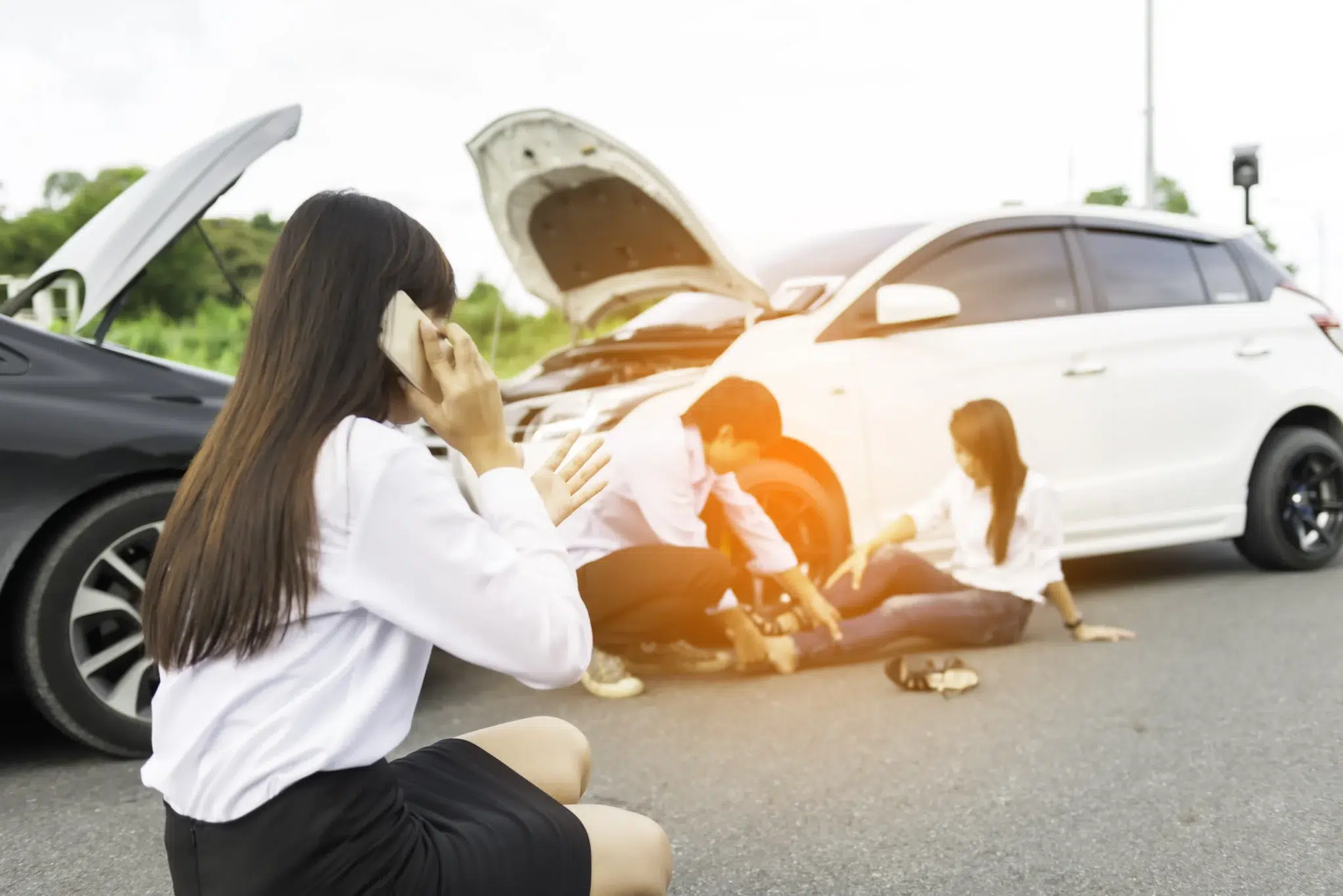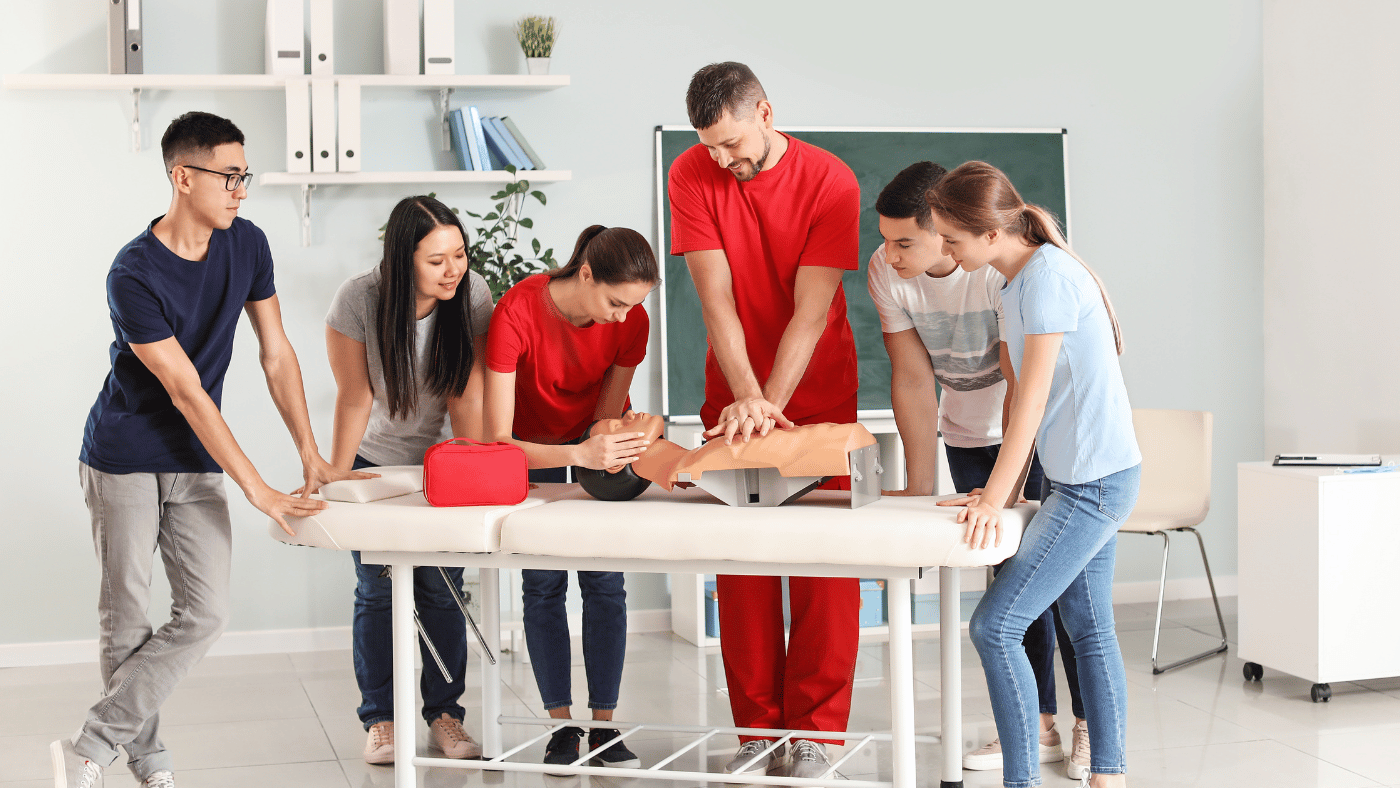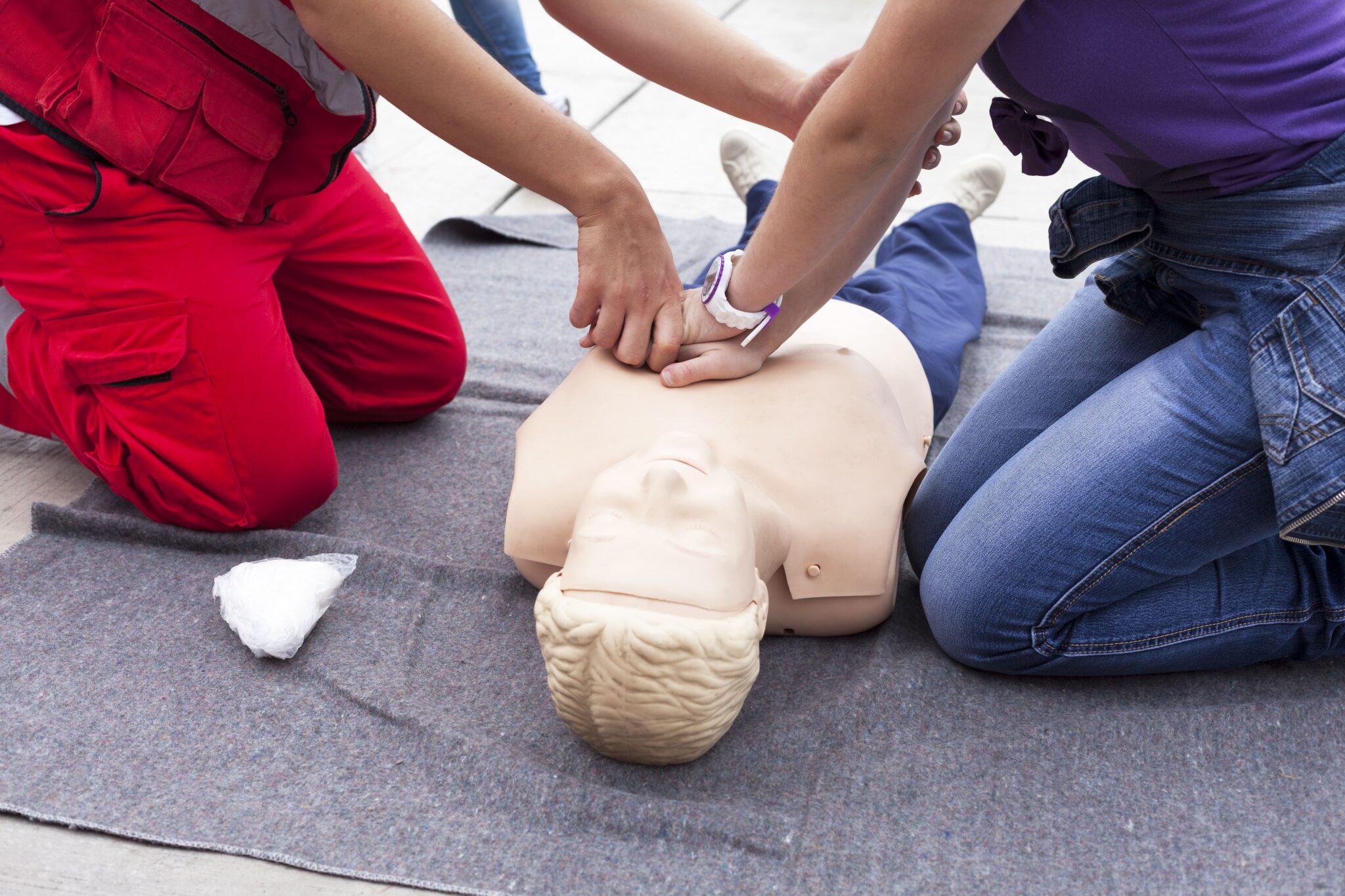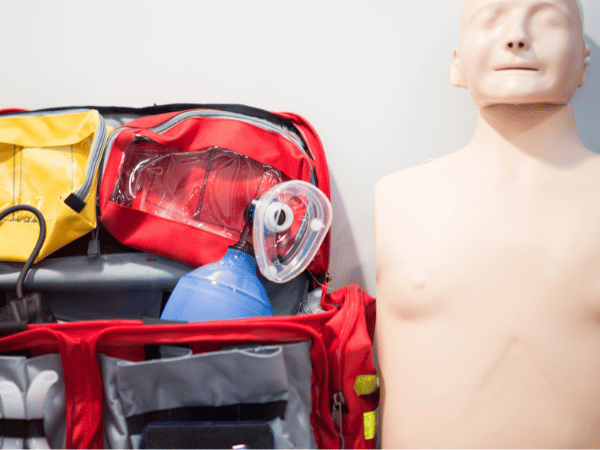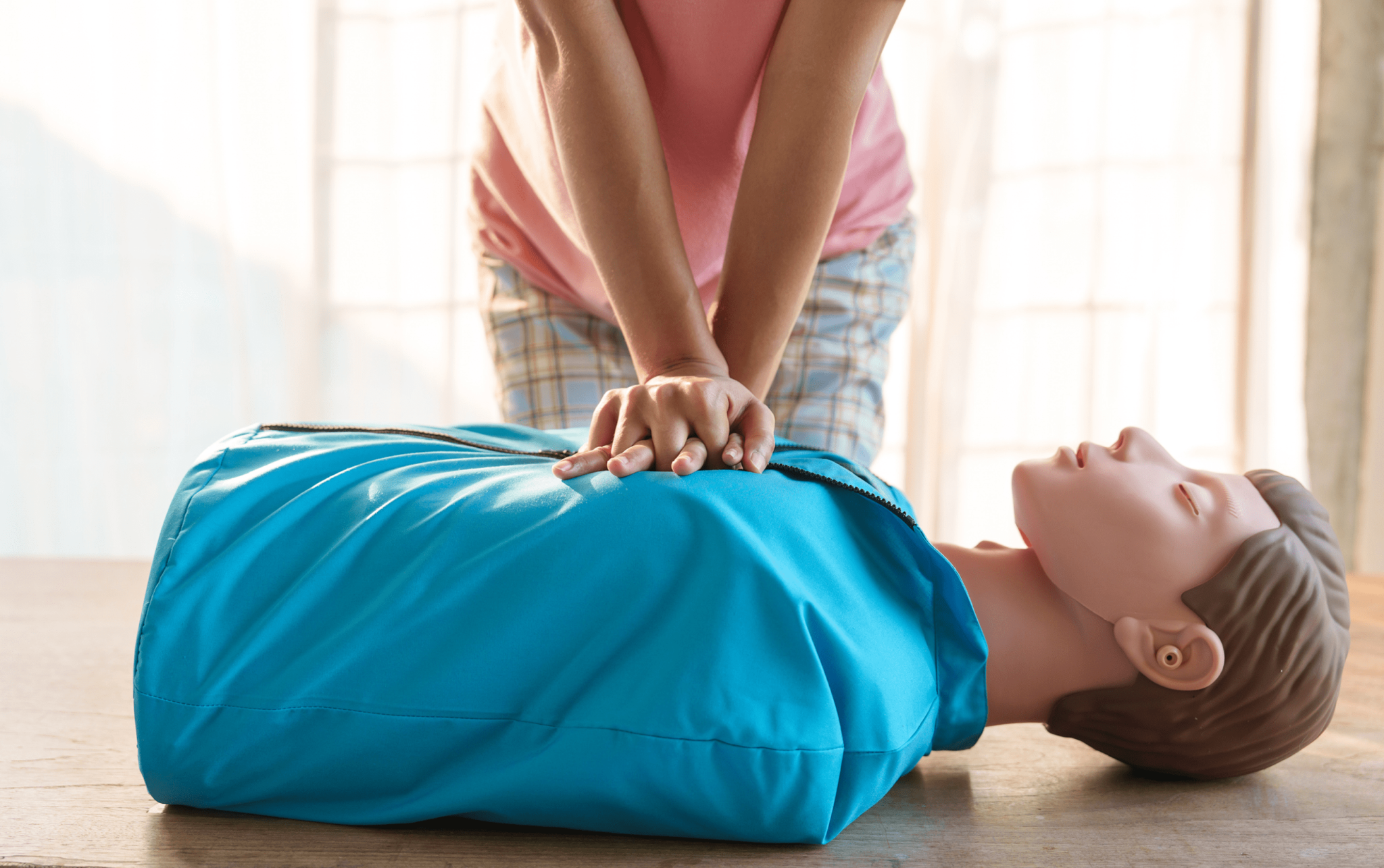Emergencies don’t wait for the right time or place. They strike in everyday settings like a crowded restaurant, a busy office, or even at the gym. Someone collapses, a child starts choking, or a car accident unfolds in front of you. In those critical moments, hesitation can cost precious seconds. Yet, many people find themselves asking, “What if I make things worse? What if I get sued for trying to help?” That’s where understanding what is the Good Samaritan law becomes essential. These laws exist to encourage people to step forward and take action in an emergency, offering protection when help is given in good faith.
What Exactly Is the Good Samaritan Law?
The Good Samaritan law is designed to shield everyday citizens who voluntarily step in to provide emergency care. While the details differ from state to state, the basic idea remains the same: if you try to help someone who is in danger, and you act reasonably and without expecting payment, you are usually protected from being held legally responsible if something goes wrong. The law draws its name from the well-known biblical story of the Good Samaritan, who stopped to care for a stranger in need. Today, the principle behind it is clear. Doing the right thing should not come with punishment.
Most versions of the law emphasize a few key points. You must act in good faith, meaning your intent is to help and not to cause harm. Your actions should be reasonable, which means they line up with what another prudent person might do in the same situation. And finally, the assistance you provide should be voluntary. You are not legally required to step in, but if you choose to help, the law offers protection.
Why This Law Matters in Real Life
Without Good Samaritan protections, fear of lawsuits would discourage countless bystanders from stepping forward. Imagine someone collapsing from sudden cardiac arrest in a public space. Every minute without CPR reduces their chance of survival by 7 to 10 percent. If no one acts because they are worried about being sued, the outcome could be fatal. These laws were written to give reassurance in those moments, to remind people that helping is better than doing nothing at all.
The Power of Training
The law offers protection, but your confidence to act comes from having the right skills. Knowing how to perform CPR, use an AED, or handle a choking emergency makes it far easier to move quickly when seconds matter. Training removes the doubt that often paralyzes people in emergencies. Instead of wondering “What should I do?” you can step in immediately with the knowledge that your actions will make a difference.
CPR, BLS, ACLS, and PALS training aren’t just boxes to check for workplace requirements. They are practical, life-saving tools that give you the confidence to help in real-world situations. And when combined with the Good Samaritan law, they empower you to take action with both legal and moral reassurance.
What’s Covered Under the Law
Most Good Samaritan laws protect actions like performing CPR, using an AED, giving first aid, assisting choking victims, or helping accident victims until emergency responders arrive. However, protections aren’t limitless. The law typically does not protect gross negligence or reckless actions. If someone acts in a way that clearly makes a situation worse, that falls outside the law’s intent. Similarly, the law usually applies to volunteers, not to those who expect payment for their assistance. And finally, if you attempt a procedure far outside your knowledge or training, that may not be protected either.
This is why training matters so much. When you act within the scope of what you’ve learned, you are both more effective and more secure under the law’s protections.
Differences Across States
Good Samaritan laws exist in every state, but the details vary. In California, for instance, the law protects individuals who provide emergency care in good faith, regardless of whether they are trained professionals or not. However, it doesn’t cover gross negligence. Healthcare professionals may sometimes be held to higher standards, since their training creates different expectations, but the principle is the same. The law encourages everyone to help, whether you’re a passerby or a professional.
How These Laws Encourage CPR and AED Use
Sudden cardiac arrest is one of the leading causes of death in the United States, with more than 350,000 cases each year happening outside of hospitals. Immediate CPR and AED use can double or even triple survival rates. Recognizing this, many states specifically include AED use in their Good Samaritan protections. That means even if you’ve never been trained on an AED, you can use one in an emergency without worrying about being held liable. The message is simple. Taking action to save a life is always better than doing nothing.
The Moral Side of Helping
Most states don’t legally require bystanders to step in during an emergency. But the Good Samaritan law highlights the moral duty we all share. Think about it this way. If your loved one collapsed in a public place, wouldn’t you want someone nearby to try CPR or grab an AED? When you learn these skills and understand the law, you are in a position to be that person for someone else.
Real Scenarios That Show the Law in Action
Picture this. A man collapses at the gym. A bystander rushes over, starts CPR, and uses the AED mounted on the wall. That man survives, and because the rescuer acted in good faith, they are protected by the Good Samaritan law.
Or imagine a highway accident where someone stops to apply pressure to a bleeding wound while waiting for EMS to arrive. Even if their efforts aren’t perfect, they are still protected because their intent was to help.
Another example is a restaurant where a diner performs the Heimlich maneuver on someone choking. Sometimes ribs can crack during the maneuver, but if the person’s life is saved, the law protects the rescuer.
These scenarios show how ordinary people, not just medical professionals, can step in and make life-saving differences.
Why Training Boosts Your Confidence
The law protects your intent, but training sharpens your ability. A CPR class teaches you the right depth and speed of chest compressions. A BLS course prepares you for working as part of a team in emergencies. ACLS goes further, equipping healthcare providers to respond to complex cardiac events. PALS focuses on pediatric patients, who require very different approaches than adults. With training, you don’t just rely on good intentions. You bring proven skills that improve survival outcomes.
Clearing Up Common Misconceptions
There are a few myths about the Good Samaritan law that often cause unnecessary fear. One is the idea that you’ll be sued if something goes wrong. In reality, lawsuits against Good Samaritans are extremely rare, and the law exists to prevent them. Another misconception is that only doctors and nurses are covered. Most versions of the law protect anyone who steps in, trained or untrained, as long as they act reasonably. Some people also believe they might get in trouble for using an AED without training. AEDs are designed for anyone to use, with voice prompts that guide you step by step, and Good Samaritan protections extend to them. Finally, some assume that because they aren’t legally required to help, they don’t need training. While that may technically be true, the real question is whether you’d want to stand by helplessly if someone’s life was on the line.
Building Stronger Communities Through Training
Communities with higher numbers of trained bystanders see better survival rates in emergencies. When more people know how to act, lives are saved in gyms, schools, offices, and public spaces every day. By taking a class, you’re not just protecting yourself or your family. You’re strengthening the safety of your entire community.
In Northern California, Safety Training Seminars has made it easier than ever for people to get trained, ensuring that wherever an emergency happens, there’s likely to be someone nearby with the skills and confidence to help.
Why Safety Training Seminars is the Right Choice
Safety Training Seminars is a woman-owned business that has been proudly serving Northern California and the Sacramento area for years. With over 65 convenient locations, there’s always a class near you. We know people are busy, so we offer flexible scheduling, including evenings and weekends. Our classes run every day of the week, even on Saturdays and Sundays, so you can find a time that fits your routine.
We also believe lifesaving training should be accessible to everyone. That’s why we provide budget-friendly classes backed by our low-price guarantee. All of our courses are certified by the American Heart Association, which means the training you receive is high-quality and recognized nationwide. Whether you’re looking for CPR, BLS, ACLS, or PALS training, we have a course designed to fit your needs.
Be the Good Samaritan Your Community Needs
Emergencies call for courage and action. The Good Samaritan law was created to protect people who step up to help, but it’s your training that allows you to act with confidence. Together, the law and your skills ensure you are prepared to make a difference when it matters most.
Don’t wait until you’re faced with an emergency to realize the importance of being prepared. Take the next step today. Explore our wide range of affordable, American Heart Association-certified courses. With convenient locations across Northern California and flexible schedules, it’s never been easier to get trained. Be ready to act. Be the Good Samaritan. Be the person who saves a life.


